Photo by Ground Picture via Shutterstock
Photography is a game of angles, and mastering how and when to use different angles to your advantage is one of the keys to successful photographers. This rings especially true in portrait photography, which is why this article is all about portrait photography angles!
In this beginner’s guide to portrait photography angles, we’ll examine various popular portrait photography techniques guaranteed to take your images to the next level. These include eye-level photography, high-angle photography, low-angle photography, over-the-shoulder photography, close-up photography, and more.
Additionally, we’ll recommend one of our favorite pieces of gear for portrait photography. Now, who is ready to learn more about portrait photography angles with us?!?
Check out the video above by Glyn Dewis to discover five portrait photography tips that will instantly improve your portraits.
Table of Contents
- Portrait Photography Angles: Shoot at Eye Level
- Try High Angle or Low Angle Shots for More Drama
- Portrait Photography Angles: Use Over-the-Shoulder Shots for a Unique View
- Close Up vs Medium vs Long Shots in Portrait Photography
- Try Varying Facial Views, Too
- More Portrait Photography Tips
Portrait Photography Angles: Shoot at Eye Level
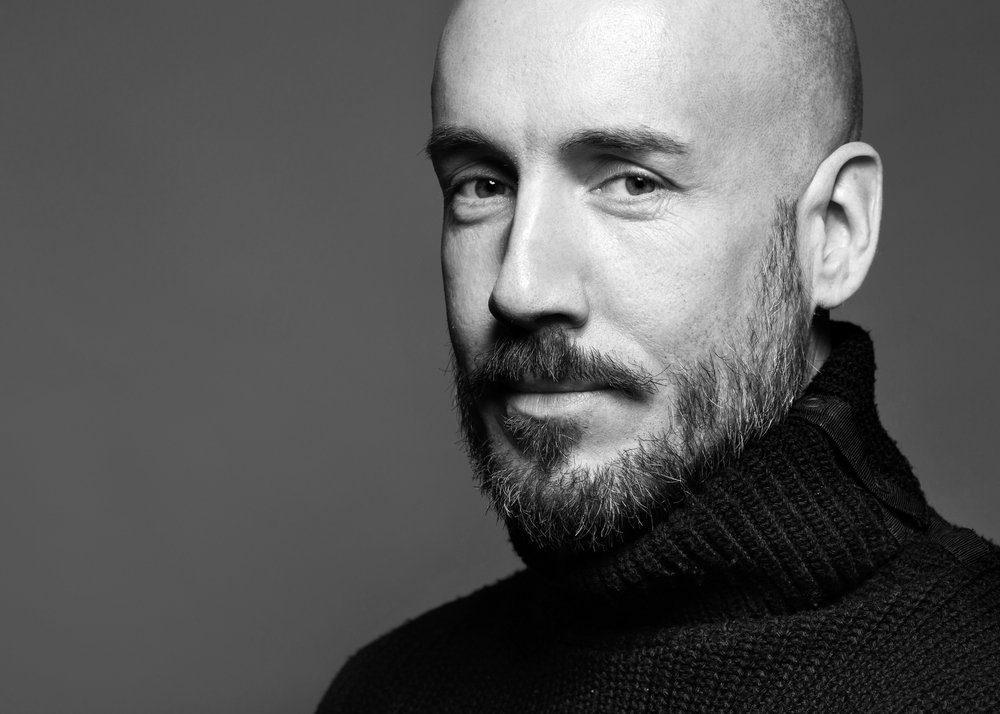
Photo by Rock and Wasp via Shutterstock
The most widely used portrait photography angle is the eye-level shot. Eye-level portraits are great because they place the viewer and the subject on the same plain, making it easy for the viewer to connect with the subject. Moreover, portraits with the subject looking directly into the camera are usually more visually attractive.
Another reason many people shoot eye-level portraits is that they are easy—you don’t need a tripod or any other advanced equipment. If you are new to portrait photography angles, we suggest getting comfortable with this angle before moving on to the more creative ones we discuss below.
Try High Angle or Low Angle Shots for More Drama
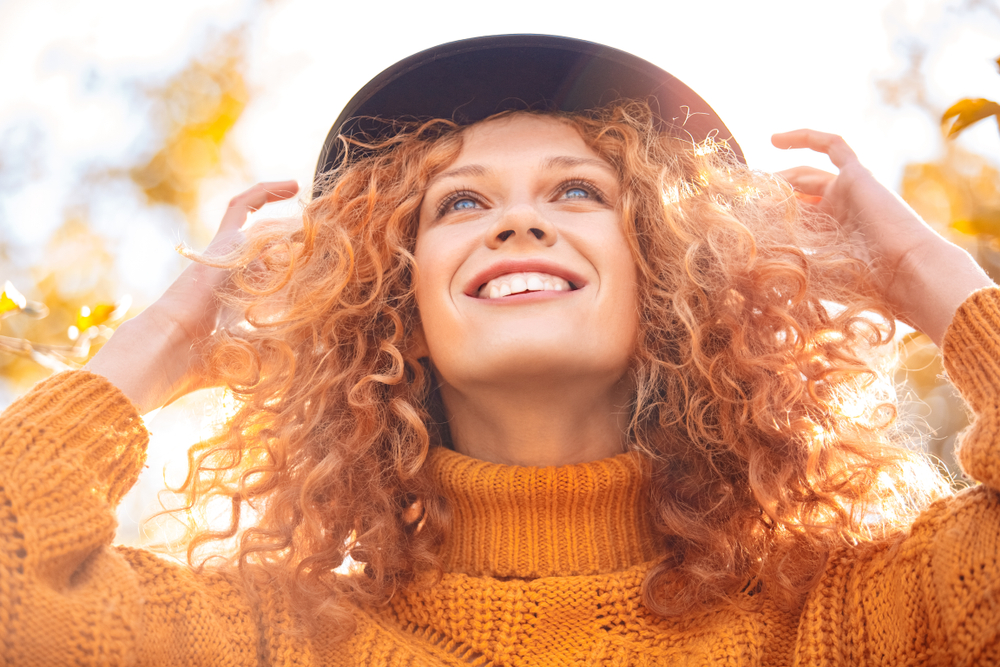
Photo by Viktoriia Hnatiuk via Shutterstock
You can try shooting high- and low-angle portraits to add drama to your images. High-angle portraits are popular because they naturally guide attention to the face (the key to gorgeous portraits) instead of the body. When shot correctly, high angles also add an appealing slimming effect that people like. A super trendy style of high-angle photography is birds-eye-view shots.
In contrast, low-angle portraits give your subjects a sense of authority and power. They are ideal for professional headshots, athletes, and shorter subjects who want to appear taller than they truly are. One word for the wise is to tread carefully with low-angle photography, though. If not captured well, the results can be extremely unflattering.
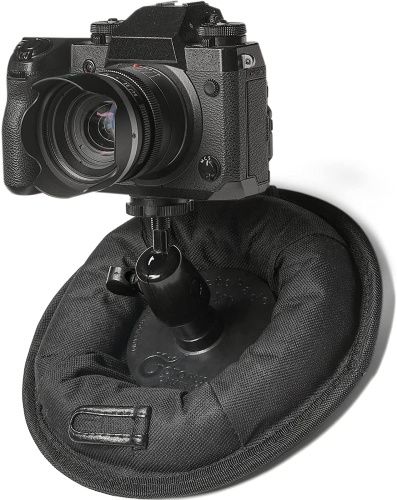
One amazing tool for low-angle portrait photography is the OctoPad. It’s an innovative and compact travel tripod alternative that provides unmatched stability on various surfaces, including wet, smooth, and uneven ground.
Better still, it’s compatible with all types of cameras (mirrorless, DSLR, point-and-shoot, action, etc.) and other gear like smartphones, microphones, and lights, giving you unmatched versatility for capturing low-angle portraits. On the one hand, you can put your camera on an OctoPad to get a beautiful low-angle shot of your subject. On the other hand, you can position a light on an OctoPad to illuminate your subject for a pleasing result.
Getting high-quality portraits is mostly about your skill behind the lens. However, having the appropriate gear certainly helps! With OctoPad in your bag, you’ll have a versatile, functional, compact, and budget-friendly gadget to rely on for the best results.
Portrait Photography Angles: Use Over-the-Shoulder Shots for a Unique View
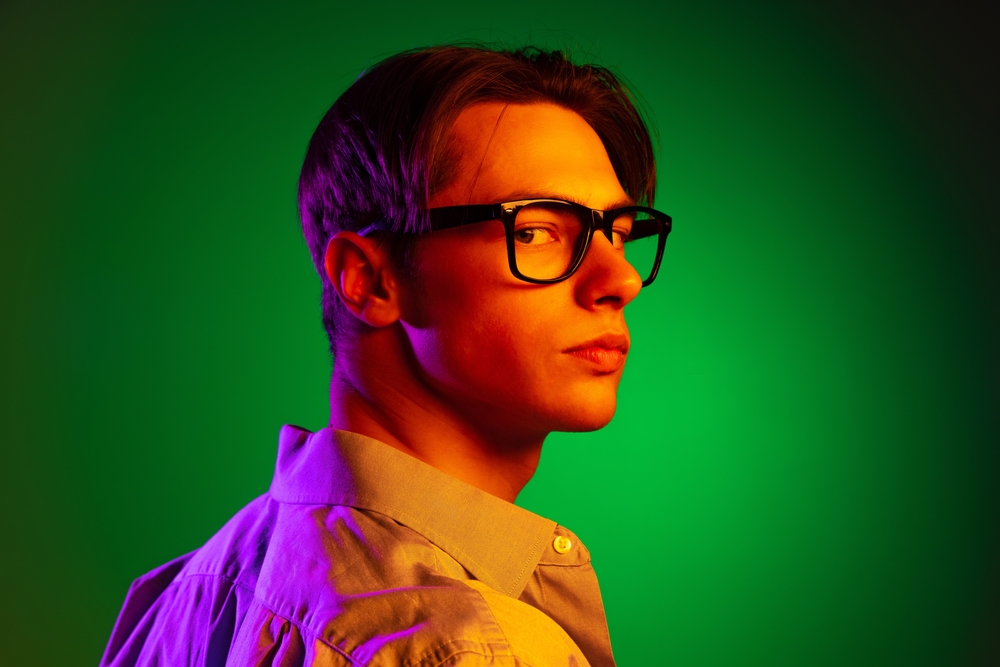
Photo by Master1305 via Shutterstock
Over-the-shoulder portrait photography angles display a sense of interaction and mystery. For example, if you include someone in the foreground of your photograph, it can give the impression that the photo was candid (even if it wasn’t!). This is an excellent example of lifestyle portrait photography.
Contrarily, you can use over-the-shoulder portrait photography to add mystery and intrigue to your images. People love the unknown and are often super drawn to over-the-shoulder portraits. This portrait photography technique is especially popular in advertising and fashion photography.
Close Up vs Medium vs Long Shots in Portrait Photography
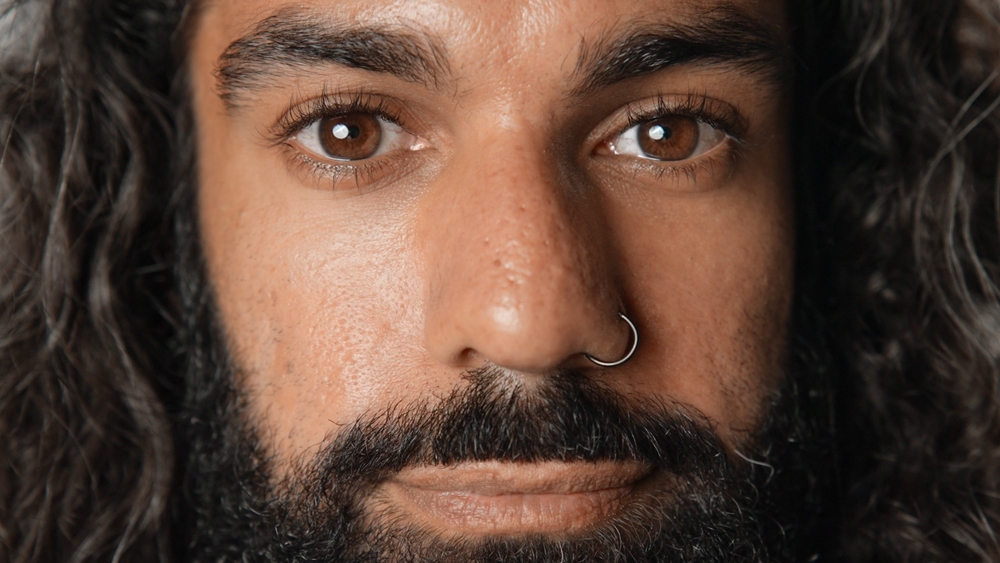
Photo by Romanchini via Shutterstock
Depending on the story you want to tell, you can use different portrait photography angles, such as close-ups, medium, and long shots. Close-ups usually focus exclusively on the face and are often referred to as headshots in the portrait photography industry. Medium shots typically capture the subject from the waist up, while long shots include the entire body.
Close-ups are all about fine details, and their main goal is to transmit information to the audience by “filling the frame.” Medium shots are the go-to option for many business portraits and school portraits. Lastly, long shots are ideal for group portraits and when you want to include background elements in the frame.
Try Varying Facial Views, Too
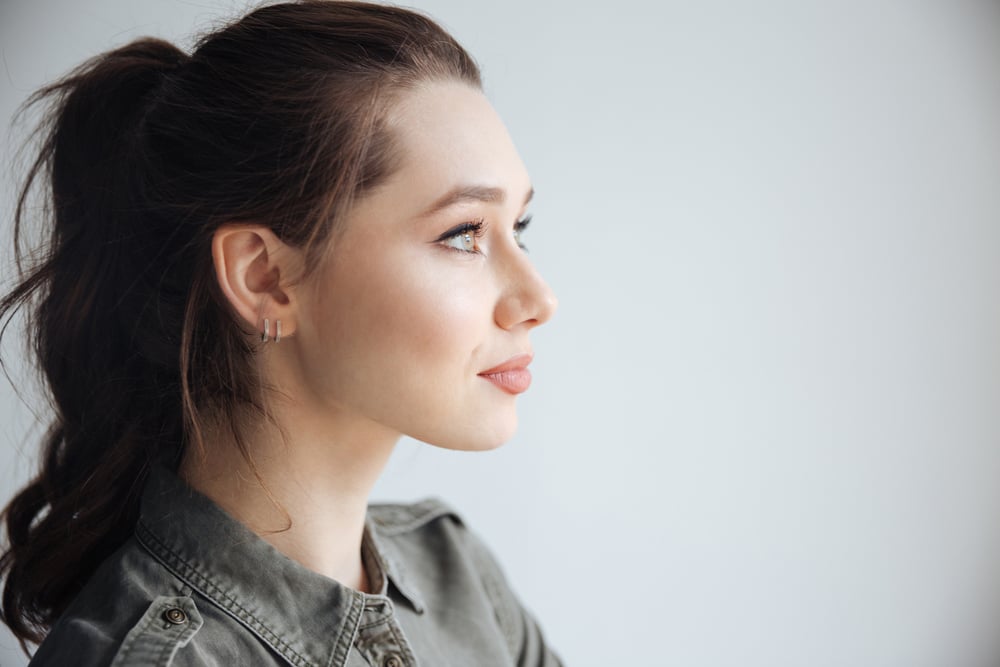
Photo by Dean Drobot via Shutterstock
The last simple but effective portrait photography technique to play around with is facial angles. Instead of always shooting your subjects straight on, why don’t you ask them to try some new poses during your next shoot? Some portrait photography angles to try are 3/4 view, profile view, or even completely looking away from the camera.
Profile portraits are often some of the most elegant and attractive photos. One top tip is to shoot profiles from both sides because, more often than not, people are not symmetrical, and one profile will look slightly better than the other.
More Portrait Photography Tips
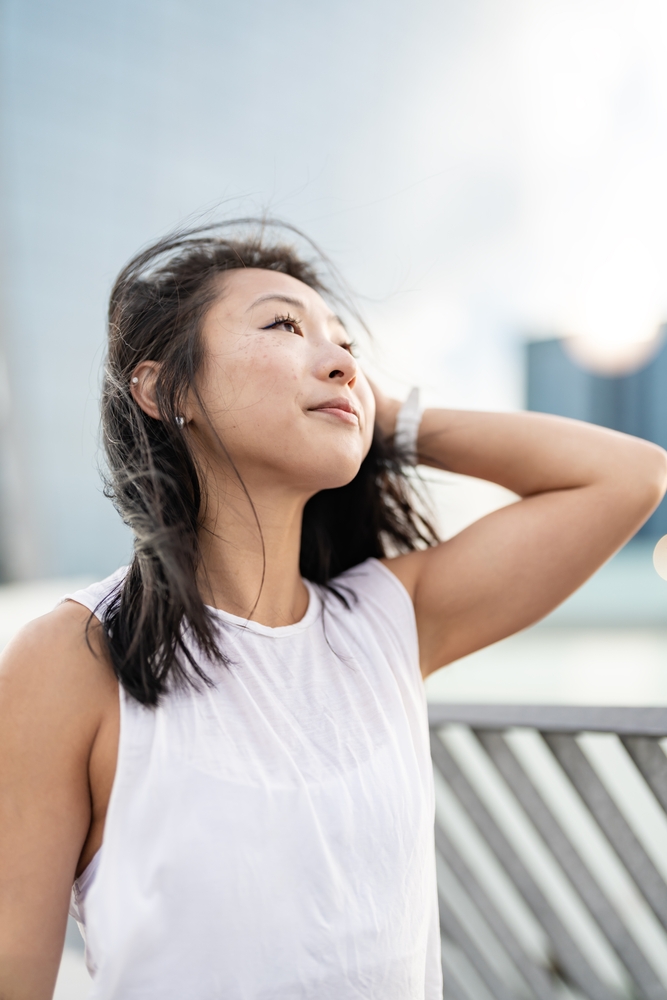
Photo by Lordn via Shutterstock
The portrait photography angles covered above are, without a doubt, the most common ones. Therefore, if you want your photos to stand out, you should get used to experimenting with all of them during your photo shoots. Simply by implementing those portrait photography techniques, you will notice day and night improvements!
Finally, as a bonus, here is a list of more tips for portrait photography to consider:
- Invest in the right gear for portrait photography. The OctoPad is our favorite tool, but other essentials include prime lenses, backdrops, and a lighting kit.
- Find simple, uncluttered backgrounds to avoid distracting the viewer.
- Focus on the eyes and emotions to boost your visual storytelling.
- Use the right camera settings for portrait photography (e.g., fast shutter speed, high aperture, autofocus).
- Get to know your models and establish a rapport before working with them.
Heads up: Clicking on our affiliate links and exploring our sponsored content helps us at no extra cost to you, and we only recommend gear we’re absolutely crazy about!

